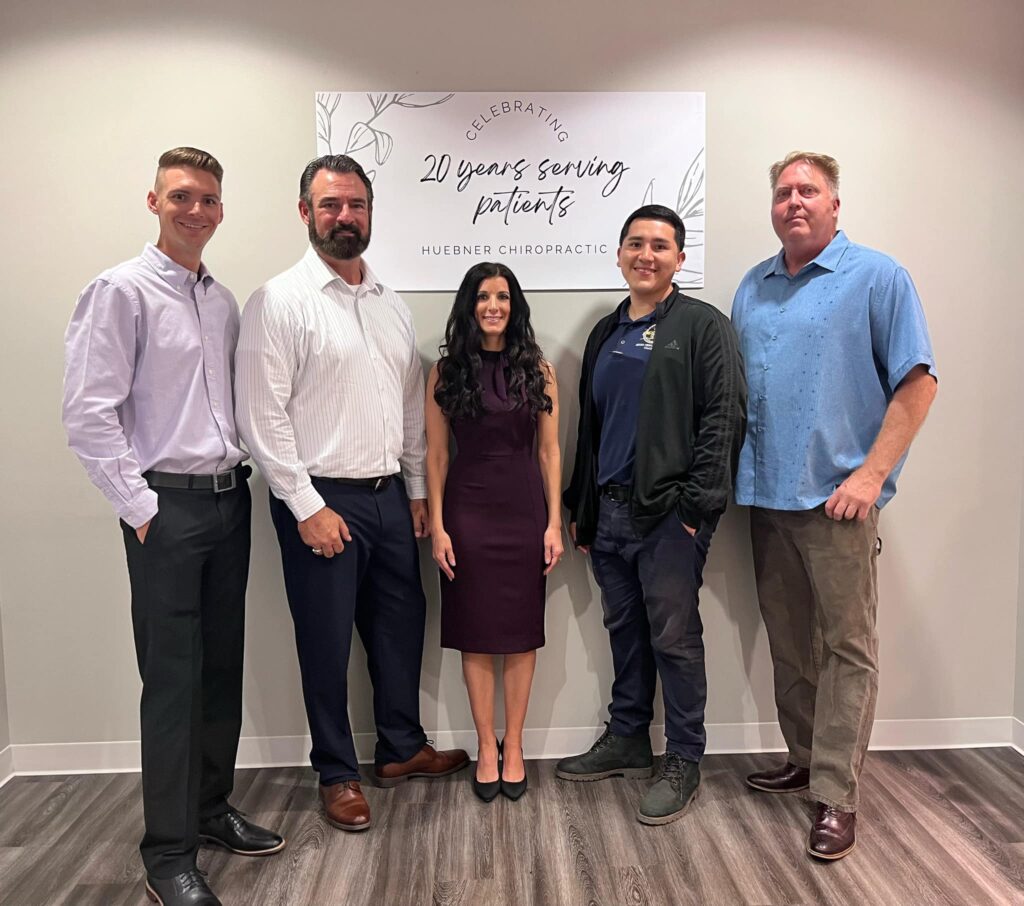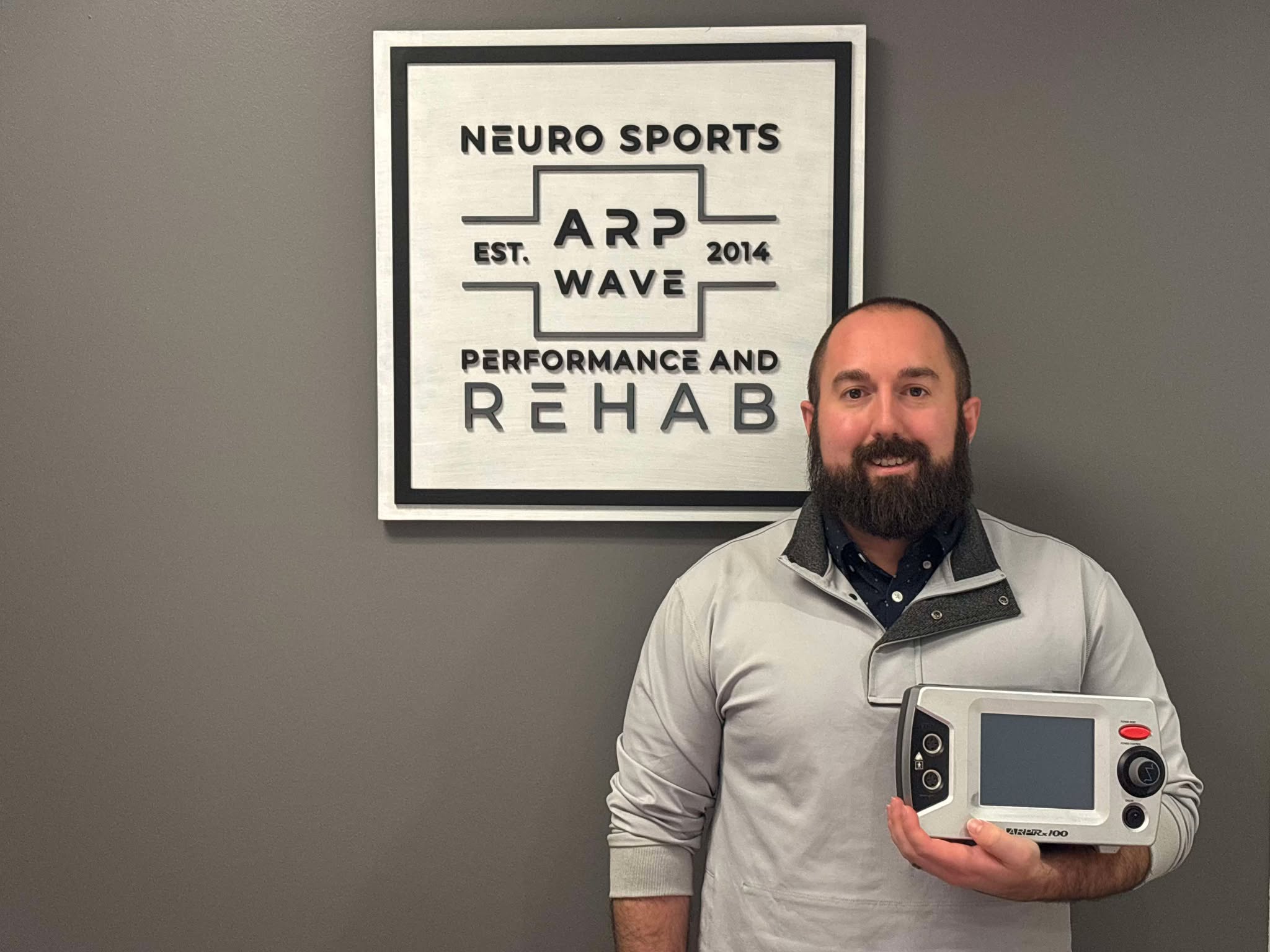Question: Is ARPwave Therapy considered Pain Management?
Answer: Many of the calls I receive from individuals interested in a complimentary ARPwave treatment told me they found us searching for Pain Management San Antonio. Is ARPwave considered Pain Management? This is a common question with a not so simple explanation, so I decided to jot down some notes on my thoughts. Pain management and ARPwave therapy are both approaches to addressing pain, but they differ in their methods and goals.
- My first thought is to point out that ARPwave is more about Pain Elimination than Pain Management. While Pain Management is a variety of methods such as pain medications designed to help you manage the pain, the aim of ARPwave Therapy is to eliminate the source of the pain. But then again, we do have long term patients with more severe injuries that do improve substantially and continue to use ARPwave as a Pain Management tool. So, Yes and No.
- Pain Management is a broad term that encompasses a variety of techniques aimed at reducing pain, while ARPwave Therapy is a very specific modality that stands on its own, or could be considered a pain management tool as mentioned above. It would be good to have an understanding of both options before making any decisions so I will offer an overview.

ARPwave Therapy
ARPwave Therapy is a relatively unknown treatment for pain as far as the general population is concerned. This is due to the fact that it has been locked away in the locker rooms of professional sports for the last 30 years. ARPwave is a unique and exclusive D/C current waveform that causes rapid muscle contractions. These muscle contractions help dissolve muscular scar tissue & inflammation and reactivate the muscles allowing them to go back to work supporting the back, neck, and joints which naturally eliminates or reduces the pain. After the muscles are reactivated, ARPwave will strengthen and reeducate the muscles. When the muscles are healthy, they absorb force similar to the shock absorbers on a car and take the load off the spine and joints.
Pain Management
As mentioned above, Pain Management is a broad term that encompasses a variety of techniques aimed at reducing pain. The most common include but are not limited to the following:
· Medications: Pain medications are the most common form of pain management. They work by modifying the way the nervous system perceives and responds to pain. There are many different types of pain medications, including over-the-counter pain relievers, prescription pain relievers, and opioids. The downside of medications, besides the many potential side effects, is that they do not address the cause of the pain, they just treat the symptom.
· Interventional Procedures: In some cases, interventional procedures may be used to target the source of pain and provide relief. These procedures may involve steroid injections, epidural steroid injections, nerve blocks or surgery.
· Spinal cord stimulator- Spinal cord stimulators consist of thin wires (the electrodes) and a small, pacemaker-like battery pack (the generator). The electrodes are placed between the spinal cord and the vertebrae (the epidural space), and the generator is placed under the skin, usually near the buttocks or
abdomen. Spinal cord stimulators allow patients to send the electrical impulses using a remote control when they feel pain. Both the remote control and its
antenna are outside the body.
Is ARPwave Therapy right for you?
We treat everyone as an individual and that is why we offer you a complimentary ARPwave consultation which includes a treatment. Without a thorough understanding of your situation along with observing how you respond to the treatment, we cannot recommend a plan of action. It also gives you an opportunity to experience the treatment and your own personal results before making any decisions.




